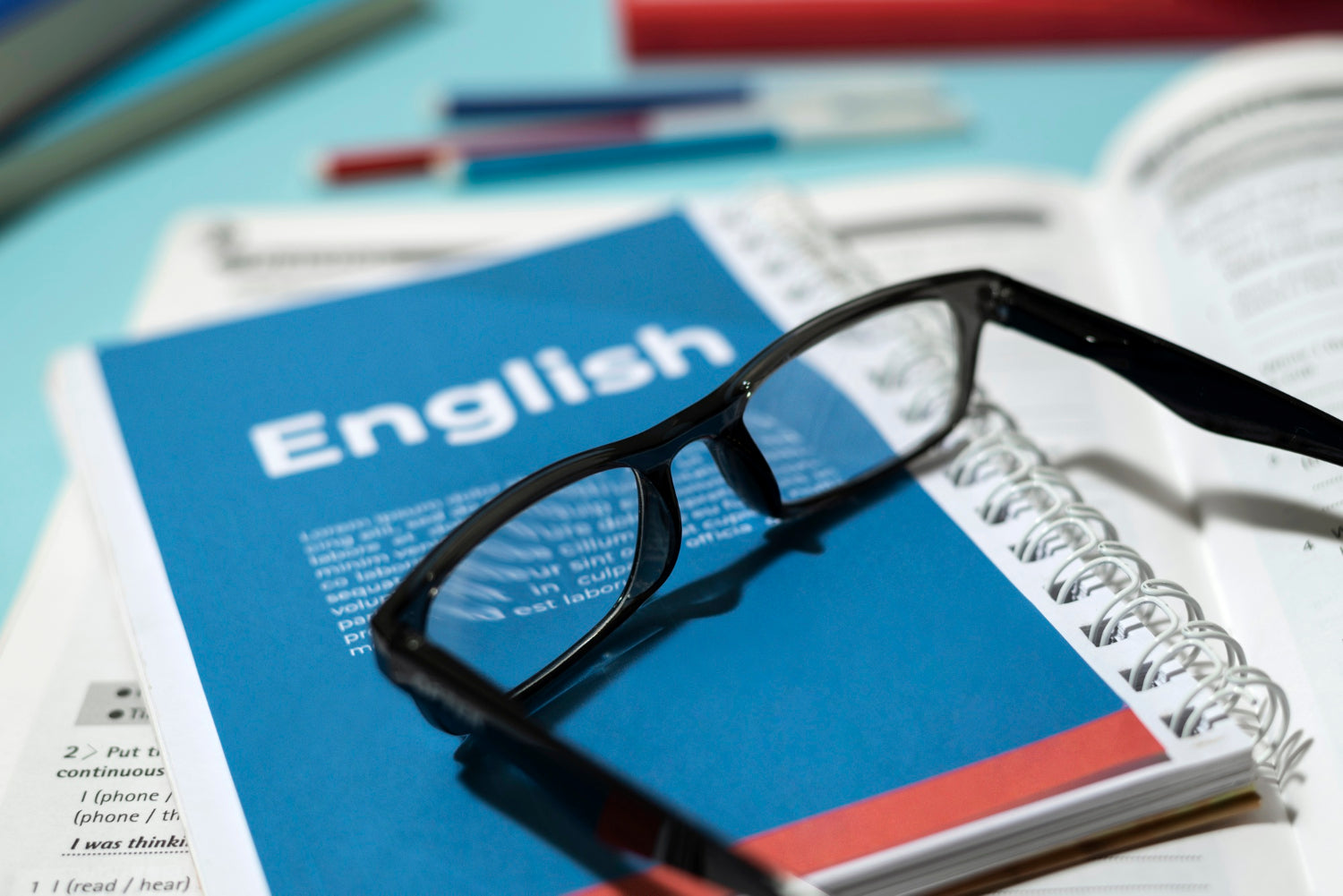5 Tips on How to Train Your Brain to Think in English
Why Translating Slows You Down
When you learn English, it is normal to translate in your head. You hear a word, change it into your own language, then change it back to English before you answer. But this takes a lot of time. By the time you finish, the other person may have already moved on.
Example:
- You want to say: “I like pizza.”
- In your head, you think: “I like pizza = Me gusta la pizza = I like pizza.”
That is too slow.
If you want to speak English fast and sound natural, you need to think in English directly. The good news? You can train your brain to do this!
Let’s look at some easy steps.
Step 1: Start with Simple Daily Words
Begin small. Don’t try to think about hard grammar or long sentences right away. Start with the words you use every day.
Examples of daily words:
- Food: rice, bread, apple, water
- Home: chair, table, bed, door
- Feelings: happy, sad, tired, hungry
When you see an object, say the English word in your head. If you see a chair, think: “chair.” If you eat an apple, think: “apple.”
Over time, your brain will connect things directly with English words—without translation.
Quick Tip: Make sticky notes with English words and put them around your house. Write “mirror,” “door,” or “light.” This will remind you to use English words in your daily life.
Step 2: Use Pictures Instead of Translations
When you learn a new word, don’t always write the translation in your language. Instead, use a picture.
Why? Pictures help your brain connect English words with the thing itself, not with another language.
Example:
- Instead of: “dog = perro”
- Use: Have a picture of a dog → write the word “dog.”
This makes your English thinking faster. You see the picture, and the English word comes right away.
Practice idea: Use flashcards with pictures on one side and the English word on the other. Test yourself every day.
Step 3: Practice Speaking to Yourself in English
Talking to yourself may sound funny, but it works! You don’t always need another person to practice.
How to do it:
- In the morning, say what you are doing: “I am brushing my teeth. I am washing my face.”
- When cooking: “I am cutting the tomato. I am boiling water.”
- When walking: “I see a car. I see a tree.”
The more you practice, the more your brain learns to use English first, not your native language.
Extra Tip: Record yourself speaking. Later, listen to it. You will hear mistakes and can try again.
Step 4: Learn Phrases, Not Single Words
Many learners study single words. But in real life, people speak in phrases. Learning phrases helps you sound more natural.
Example:
- Instead of just learning: “thanks”
- Learn: “Thanks a lot!” or “Thanks for your help.”
- Instead of just learning: “water”
- Learn: “Can I have some water, please?”
By learning phrases, you also learn grammar and word order at the same time. You don’t need to stop and think about rules. The phrase is ready in your head!
Practice idea: Write down 5 useful phrases each week. Use them in daily life.
See our blog post 10 Must Know English Phrases for Everyday Life for suggestions on how to speak more casually in daily conversations.
Step 5: Surround Yourself with English
The more English you see and hear, the faster your brain will start to think in English. You need to surround yourself with it.
Ways to do this:
- Listen to music in English. Sing along, even if you make mistakes.
- Watch TV or movies in English. Start with subtitles, then try without them.
- Change your phone or computer to English. You will learn many new words!
- Read in English every day. Even a short story or news headline helps.
- Follow English YouTube channels or podcasts. Listen a little every day.
At first, you may not understand everything. That is okay! The more you hear and see English, the more your brain will get used to it.
Daily Practice Routine
Here’s a simple daily plan to help you start thinking in English:
Morning (5 minutes):
- Say your morning actions in English. Example: “I wake up. I brush my teeth. I make coffee.”
Afternoon (10 minutes):
- Use flashcards with pictures, not translations. Review 10–15 words or phrases.
- Practice saying them out loud.
Evening (15 minutes):
- Watch a short English video or listen to a podcast.
- Write down 3 new words or phrases.
- Try to use them in a sentence.
Before bed (5 minutes):
- Think about your day in English. Example: “Today I went to school. I met my friend. We ate pizza. I was happy.”
This simple routine takes less than 40 minutes each day. But if you do it every day, you will see big changes.
Final Thoughts
Learning to think in English is not about being perfect. It is about training your brain little by little. First, start with easy words. Then move to phrases. Surround yourself with English sounds, words, and pictures.
At first, your brain may still try to translate. But with daily practice, English will start to come naturally. You will speak faster, understand more, and feel more confident.
Remember: Don’t be afraid of mistakes. Every time you practice, you get one step closer to thinking in English like a native speaker.



